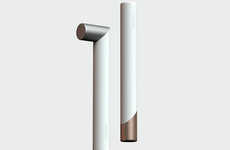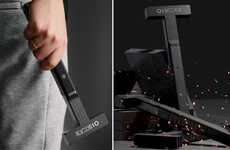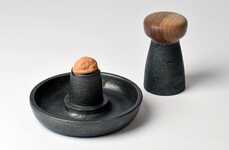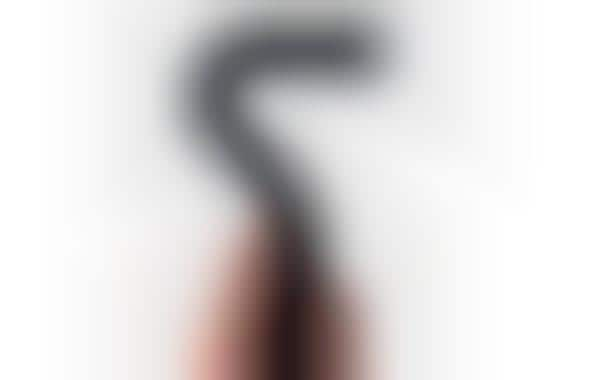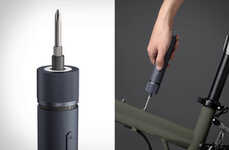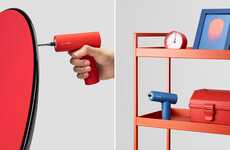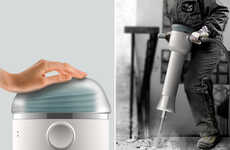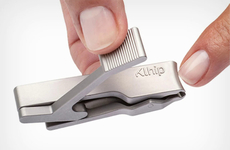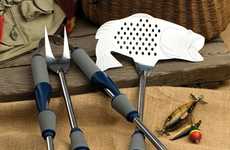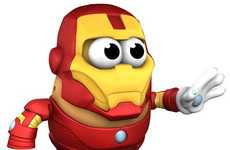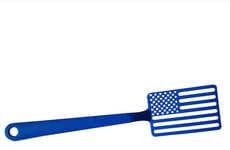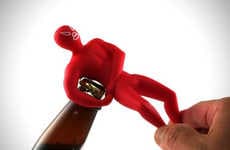
The Ergonomic Naja Hammer by Marc Sicard Hits the Nail on the Head
Amelia Roblin — December 2, 2011 — Art & Design
References: marcsicard & mocoloco
A mallet is one of those common implements that has not undergone a redesign in some time. The Naja Hammer by Marc Sicard might look barely recognizable as a functional adaptation, but a close inspection reveals its advantages and the shortcomings of standard utensils.
First of all the designer wished to solve for added comfort and ergonomics, sheathing the solid metal apparatus from head to toe with a shock-absorbent plastic. Grip is further enhanced through the incorporation of small dimples in the material and smooth ridges along the sinuous cylindrical shaft.
The Naja Hammer by Marc Sicard also flaunts the rearrangement of the nail extractor to the opposite end of the tool which allows the hand and wrist a choice of angles for leverage when grasped on different parts of the head.
First of all the designer wished to solve for added comfort and ergonomics, sheathing the solid metal apparatus from head to toe with a shock-absorbent plastic. Grip is further enhanced through the incorporation of small dimples in the material and smooth ridges along the sinuous cylindrical shaft.
The Naja Hammer by Marc Sicard also flaunts the rearrangement of the nail extractor to the opposite end of the tool which allows the hand and wrist a choice of angles for leverage when grasped on different parts of the head.
Trend Themes
1. Ergonomic Tools - The trend of designing ergonomic tools that improve user experience and reduce physical strain provides opportunities for disruptive innovation in the tool industry.
2. Functional Adaptation - Designers can explore opportunities to improve common implements by identifying and addressing their shortcomings through functional adaptation.
3. Rethinking Common Tools - The trend of rethinking and redesigning common tools that have not undergone a redesign in some time presents opportunities for disruptive innovation in the tool industry.
Industry Implications
1. Tool Manufacturing - Tool manufacturers have an opportunity to innovate by redesigning their existing product lines to incorporate ergonomic features and address user needs.
2. Construction Industry - Innovative tools that improve efficiency and reduce physical strain can disrupt the construction industry by improving worker safety and productivity.
3. Diy/home Improvement Industry - Ergonomic tool design that improves the user experience and simplifies DIY projects can disrupt the DIY/Home Improvement Industry by providing products that are easy to use for consumers.
1
Score
Popularity
Activity
Freshness

